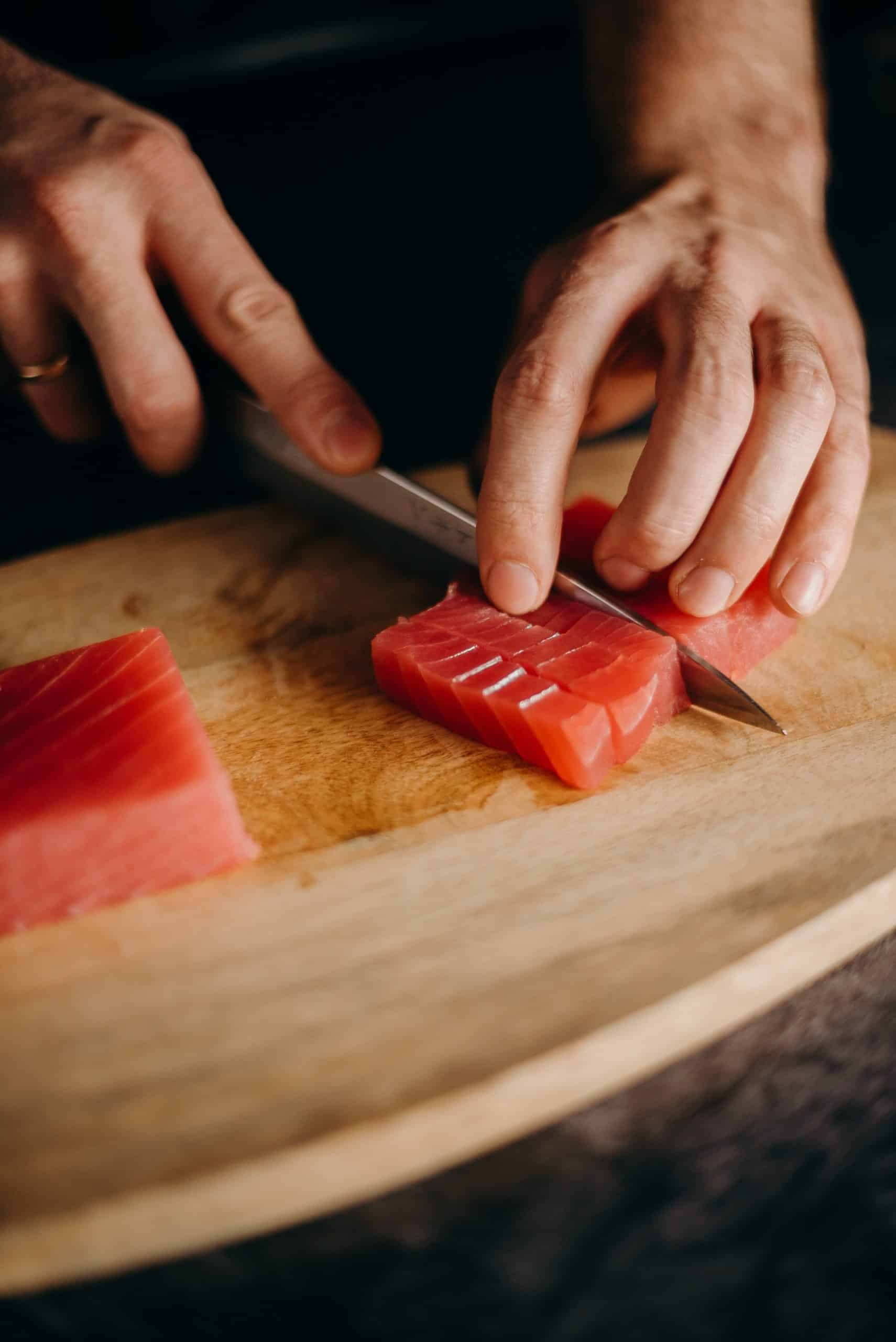Injuries happen. They’re just an unfortunate part of being active and athletic. But when they happen, understanding proper nutrition to support recovery can give you a jump on getting back to running and the other activities you enjoy.
There are two phases of recovery from injury or surgery. Both must be addressed nutritionally to speed recovery and successfully heal wounds, strengthen bones, and regain lost muscle strength.
Phase 1: Rest
Immediately after injury or surgery, rest is generally the first-line treatment. The rest time required for proper healing and recovery may take anywhere from weeks to months, and the lack of movement will inevitably result in loss of muscle mass and strength. Your doctor may also prescribe medications for pain and/or inflammation. Many of these come with potential side effects such as constipation that nutrition can help with.
In the resting phase, focus on eating foods that decrease inflammation, minimize muscle loss, heal wounds and manage your weight (it’s easy to put on pounds when you’re not exercising as usual!):
Manage inflammation by eating:
- Fruits and vegetables
- Legumes (beans and peas)
- Whole Grains
- Fish, rich in omega-3 fats (salmon, halibut, scallops, tuna, sardines, herring, anchovies, oysters, trout, mackerel)
- Plant foods that are rich in omega-3 fats (walnuts, flaxseed oil, canola oil)
• Minimize muscle loss by eating high-quality protein foods. Protein is needed to heal wounds, repair broken bones, build healthy blood cells, keep your immune system strong, and support muscle growth and strength. You should aim to eat 1 to 1.2 grams of protein per kilogram of body weight each day. For example, a 200-pound man should consume about 110 grams of protein each day (200 lbs = 90 kg x 1.2 grams protein = 110 grams protein daily).
If you’ve had surgery, it’s normal for your appetite to be low. If this is the case, try to eat a small amount of protein at each meal or snack. You might also consider supplementation with a low daily serving (5 grams) of creatine as well. Creatine is naturally made by the body to support muscle function and has been shown in some research to minimize muscle loss from inactivity.
Good protein sources include:
• Eggs, egg whites, and egg substitutes
• Low-fat cheese and cottage cheese
• Low-fat yogurt (regular and Greek)
• Low-fat milk
• Low-fat soy milk
• Lean meats (beef, pork, chicken, turkey, lamb, buffalo)
• Fish
• Soy foods (tofu, tempeh, miso, soy nuts, soy vegetable protein)
• Manage weight by reducing calories to match your reduced activity level. It’s easy to put on pounds by eating as you normally would when you were exercising. Losing the pounds is harder, so try to mind the calories. Find your base metabolic rate to use as a guide. These calculators are easy to find online.
• Eat foods high in fiber to combat constipation. It’s certainly a cliché, but prunes or prune juice (along with drinking plenty of water) have a natural laxative effect that can alleviate constipation caused by medications. Other good fiber sources include fresh fruits and vegetables, high-fiber whole grain cereals, and legumes.
Phase 2: Rehab
The second phase of recovery requires rehabilitation. This includes muscle strengthening, focusing on muscle and tendon flexibility, and improving neuro-motor control/agility to return to activity and limit recurring injury. To support this phase:
• Regain muscle mass by continuing to eat high-quality protein foods. Again, consider creatine, which has been shown in research to boost muscle strength gains from resistance/strength training.
• Include foods for healing that are high in vitamin C (500mg daily), zinc, vitamin D (1000-5000IU daily), and calcium (1200mg daily).
While all nutrients are important in healing, vitamin C and zinc are superstar nutrients for their roles in healing. Vitamin C is needed to make a protein called collagen and for repairing tendons, ligaments, bones and skin. Citrus fruits are high in vitamin C, but don’t overlook other sources of vitamin C such as Strawberries kiwifruit, baked potatoes, broccoli, and bell peppers. 500mg of vitamin C in both phase 1 and phase 2 of healing is a good amount .
Zinc is a mineral found mostly in animal foods such as meat, fish, poultry, and dairy foods. Zinc is also found in whole grain breads and cereals, legumes (dried beans and peas), and nuts. It’s better to get zinc from foods rather than supplements, as high-dose zinc supplements can cause nausea and vomiting.
Calcium and vitamin D are nutrients associated with healthy bones, so if you have a broken bone, a stress fracture, or a joint replacement, make sure to get plenty of these nutrients to strengthen your bones.
The best sources of calcium and vitamin D are low-fat dairy foods. Fat-free (skim) milk has slightly more calcium than full-fat or low-fat (1%) milk and is fortified with vitamin D to help your body absorb the calcium. Yogurt, a good source of calcium, is not always fortified with vitamin D, so check the nutrition label of your favorite yogurt to make sure you are getting vitamin D also.


